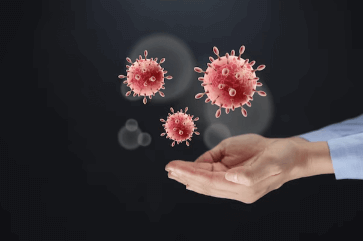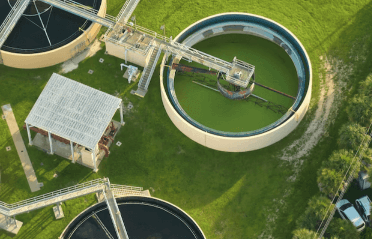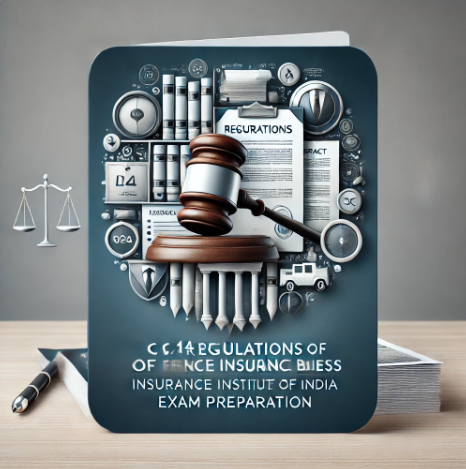Question
a.
It can synthesize DNA in the 5’ to 3’ direction
b.
It can synthesize DNA in the 3’ to 5’ direction
c.
It can synthesize mRNA in the 3’ to 5’ direction
d.
It can synthesize mRNA in the 5’ to 3’ direction
Posted under Biochemistry
Interact with the Community - Share Your Thoughts
Uncertain About the Answer? Seek Clarification Here.
Understand the Explanation? Include it Here.
Q. Which of the following is true about DNA polymerase?
Similar Questions
Explore Relevant Multiple Choice Questions (MCQs)
Q. The reaction in DNA replication catalyzed by DNA ligase is
View solution
Q. Which of the following reactions is required for proofreading during DNA replication by DNA polymerase III?
View solution
Q. Which of the following enzymes remove supercoiling in replicating DNA ahead of the replication fork?
View solution
Q. DNA unwinding is done by
View solution
Q. Which of the following enzymes is the principal replication enzyme in E. coli?
View solution
Q. The enzyme used to join bits of DNA is
View solution
Q. If the mutation has a negligible effect on the function of a gene, it is known as a
View solution
Q. Which of the following mechanisms will remove uracil and incorporate the correct base?
View solution
Q. Which of the following has the self-repairing mechanisms?
View solution
Q. The function of enzyme involved in base excision repair is
View solution
Q. The DNA polymerase involved in base excision repair is
View solution
Q. An alteration in a nucleotide sequence that changes a triplet coding for an amino acid into a termination codon is
View solution
Q. A point mutation that replaces a purine with another purine, or a pyrimidine with another pyramidine
View solution
Q. The enzyme of E.coli is a nuclease that initiates the repair of double stranded DNA breaks by homologous recombination
View solution
Q. Recombinational repair is often due to
View solution
Q. The enzyme photolyase is used in what method of repair?
View solution
Q. Which of the following involves remarkable capacity of short segment of DNA to move from one place to another?
View solution
Q. Which of the following process occurs between DNA molecules of very similar sequences?
View solution
Q. Which of the following process occurs in regions where no large –scale sequence similarity is apparent?
View solution
Q. Which of the following process generates a new copy of the transposable element at a new location of DNA?
View solution
Recommended Subjects
Are you eager to expand your knowledge beyond Biochemistry? We've handpicked a range of related categories that you might find intriguing.
Click on the categories below to discover a wealth of MCQs and enrich your understanding of various subjects. Happy exploring!








